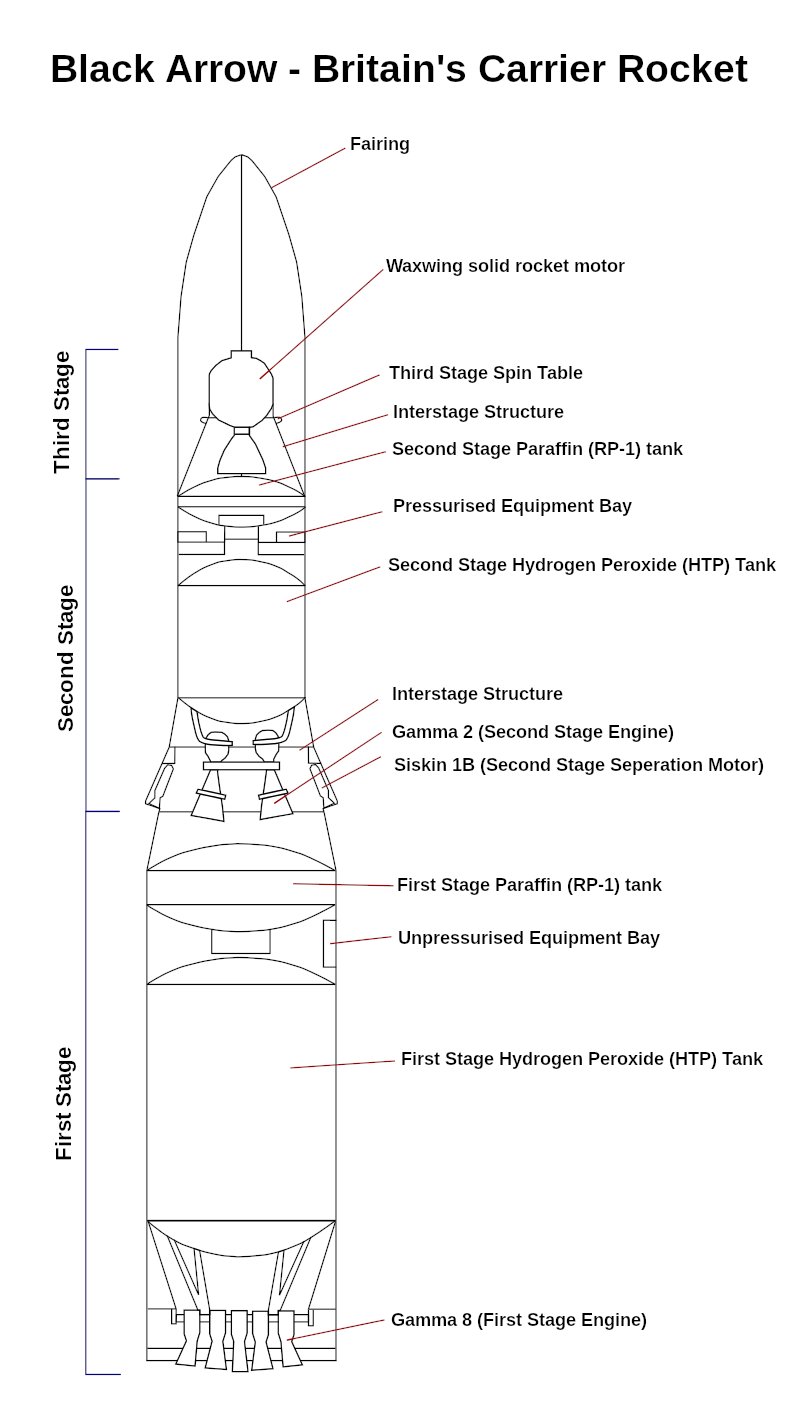|
|
|
December 23, 2022
Issue #2🎄
|
A Brisk Narrative on Most Popular Tweets This Month
|
|
Today, we look at more exoteric technology and methods used to create rocket engine turbines and a nation’s flirtation with orbital launch capability that turned out to be a one-launch stand.
|
|
|
|
|
|
|
Supersonic Turbine Rotor Blade Design with Method of Characteristics
I Spent Too Much Time on This #WorthIt
|
Mixing FreeCAD with C++ and OpenCascade to prototype procedural supersonic turbine model creation. 🚀 #FreeCADFriday
|
|

|
|
|
|
|
|
|
|
Crystal Mats To Avoid Breaking Badly
Single-crystal materials allow higher operational temperatures and rpm, which improves power and efficiency.
|
The RS-25 employed Single-Crystal Turbine Blades to help in reusability.
|
Here, we see how a nickel-base superalloy blade solidifies after casting: (a) equiaxed morphology, (b) columnar grains, and (c) single crystal.
|
Analogy: Graphite (a) vs. Diamond (c)
|
|
|
|
|
|
|
|
The Unfortunate History British Launch Capability
|
|
|
|
The Hope
The Black Arrow, developed during the 1960s, was fuelled by RP-1 paraffin (kerosene) burnt using high-test peroxide as an oxidizer.
|
The oxidizer tanks were located below the fuel tanks, making the rocket more stable and easier to control.
|
|
|
|

|
|
|
|
|
|
The Impulse
The first stage of Black Arrow was powered by a single Gamma 8 engine, which burned for 127 seconds.
|
The second stage was powered by a two-chamber Gamma 2.
|
It placed the Prospero satellite into low Earth orbit on its 4th and final flight in 1971.
|
|
|
|
|
|
|
The Unfortunate End
The United Kingdom is the sixth nation to place a satellite into orbit and the only country to have successfully developed a satellite launch capability and then abandoned it.
|
After it was canceled, NASA withdrew its offer to launch British payloads for free.
|
|
|
|
|
|
|
|
Happy holidays and I wish you all the best for 2023 ❤️
|
|
|
    
|

|
|
Copyright (C) 2023 Loren Aerospace Ltd. All rights reserved.
|
|
|
|
|
|